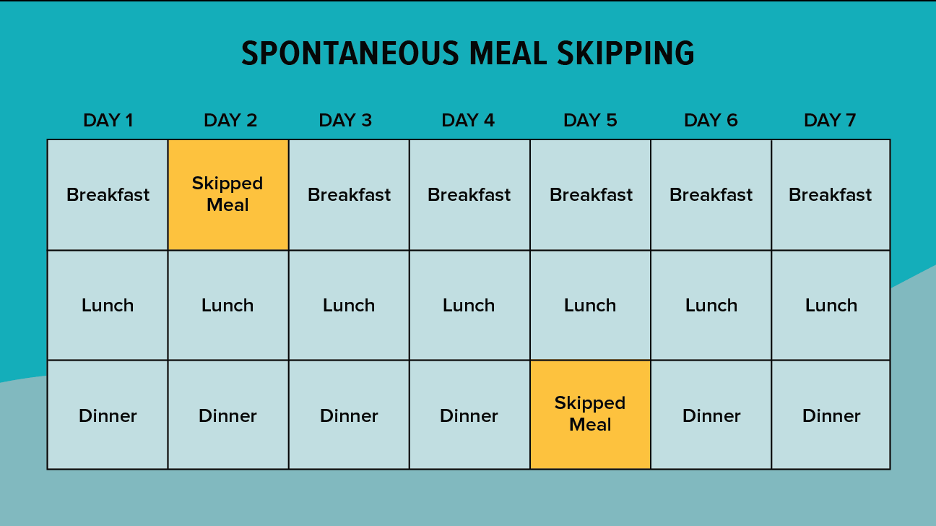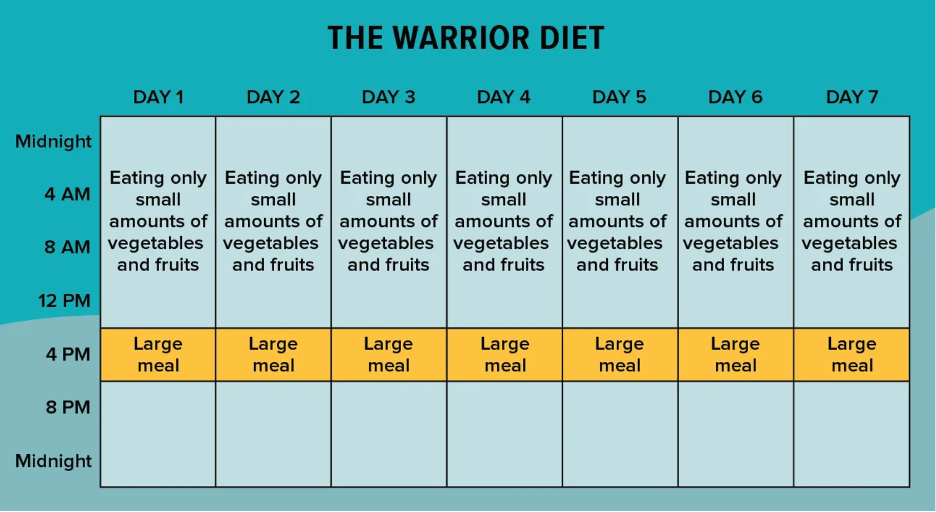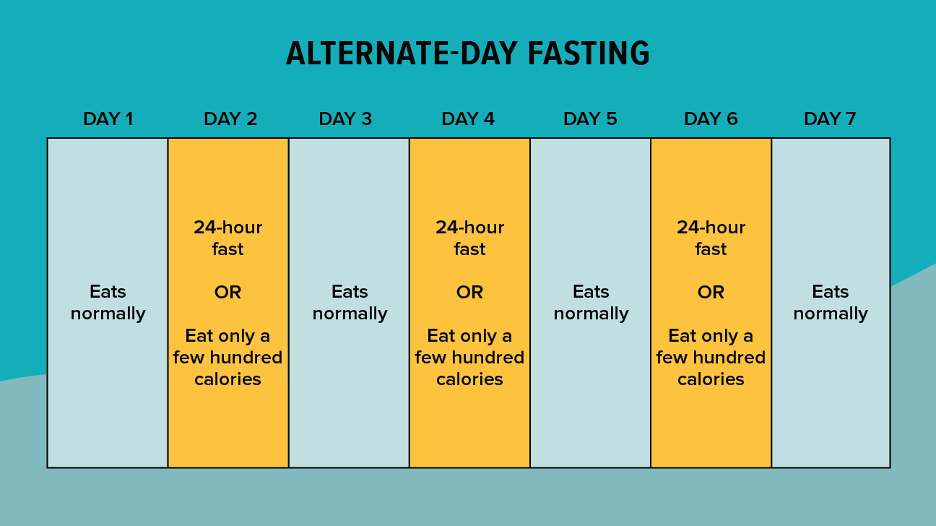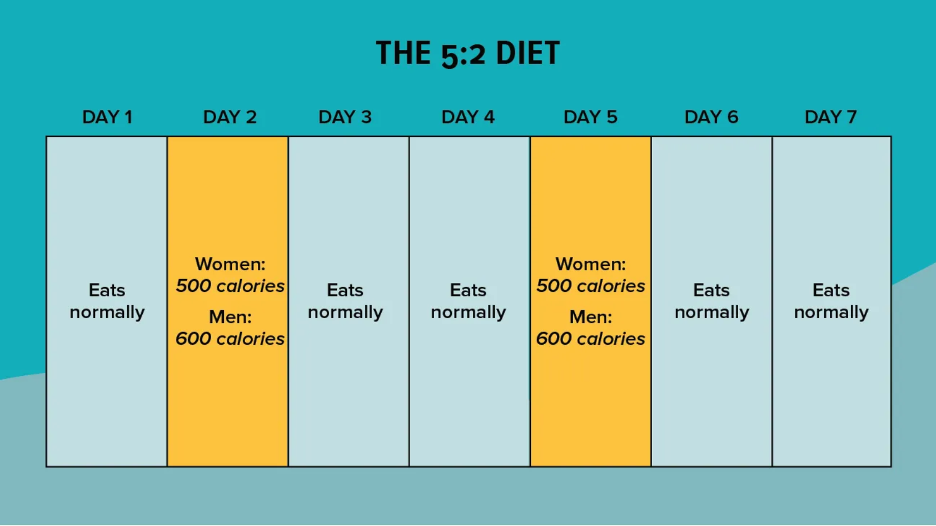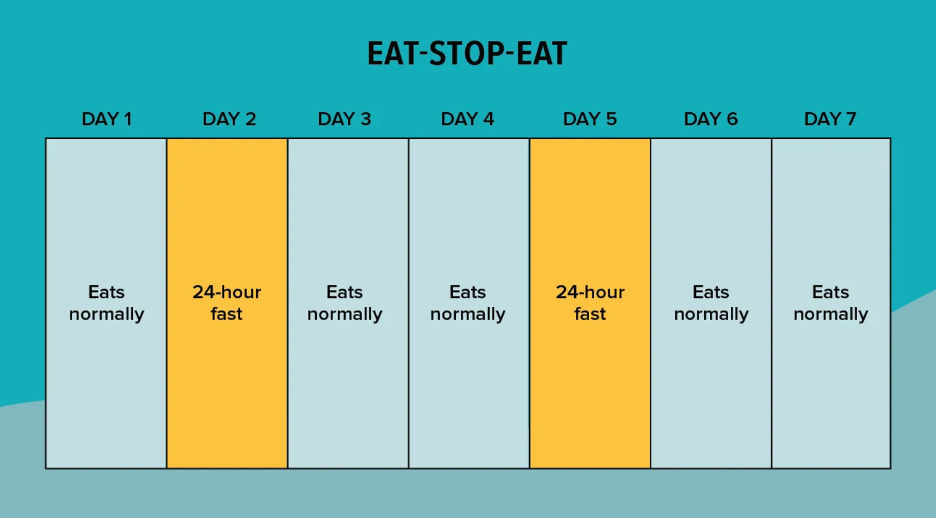What is intermittent fasting?
Based on research, it’s described as an eating pattern that cycles between periods of fasting and eating. It doesn’t specify which foods you should eat but rather when you should eat them. In this respect, it’s not a diet in the conventional sense but more accurately described as an eating pattern.
How does this effect your body?
As we eat, food is broken down by enzymes within our stomachs that eventually end up as molecules in our bloodstream. Carbohydrates, particularly sugars and refined grains, are broken down into sugar, which our cells use for energy. If our cells don’t use it all, we store it as fat. But sugar can only enter our cells with insulin, a hormone made in the pancreas. Insulin brings sugar into the fat cells and keeps it there for a rainy day. While performing this diet, we wait for our insulin levels to drop between meals/ snacks, so our fat cells can release the excess sugar (energy) into our bloodstream. Therefore, burning fat and losing weight.
This diet has been proven to help assist with diabetic lifestyles as well as turn obesity around. However, fasting is very difficult for some and can be harmful for those who suffer from eating disorders or body dysmorphia.
6 Popular ways of Fasting:
16/18 Method: involves daily fasts of 16 hours for men and 14–15 hours for women. Each day you’ll restrict your eating to an 8–10-hour eating window during which you fit in 2, 3, or more meals.
5:2 Method: also called the Fast Diet, involves eating 500–600 calories for 2 days out of the week and eating normally the other 5 days.
Eat Stop Eat Method: involves an intermittent fasting program with one or two 24-hour fasts per week.
Alternate-day Method: involves fasting every other day, either by not eating anything or only eating a few hundred calories.
Warrior Method: involves relying on only small amounts of vegetables and fruits during the day, then eating one huge meal at night.
Spontaneous Method: involves skipping one or two meals when you don’t feel hungry or don’t have time to eat.
Key Take Aways for Successful Fasting:
- Avoid sugary foods and refined grains. Instead, eat fruits, vegetables, beans, lentils, whole grains, lean proteins, and healthy fats.
- Let your body burn fat between meals. Don’t snack, and be active throughout your day.
- Consider a simple form of intermittent fasting. Limit the hours of the day when you eat, and for best results, make it earlier in the day (between 7 am to 3 pm, or even 10 am to 6 pm, but not in the evening before bed).
- Avoid snacking or eating at nighttime.
Intermittent fasting is a weight loss tool that works for many people, though it doesn’t work for everyone. Some people believe it may not be as beneficial for women as for men due to hormone differences and fat structure on the body. It’s also not recommended for people who have or are prone to eating disorders. If you decide to try intermittent fasting, keep in mind that diet quality is crucial. It’s not possible to binge on junk foods during the eating periods and expect to lose weight and boost your health. Be sure to always consult with your doctor if you’ve had previous health related issues.
Women’s Health Magazine outlines the 6 Popular Intermittent Fasting schedules. Below are examples of how the methods would be scheduled out throughout the week:

